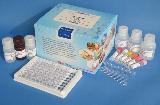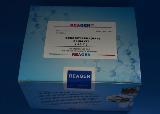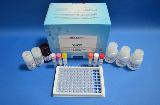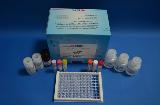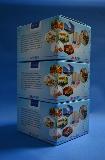Furazolidone (AOZ) ELISA Test Kit
Beta-Lactam Strip Test
MOQ :4 piece
Lead Time :7 Days
Seller Support : Trade Authenticity Guaranteed & Accepting
Payment : L/C,T/T,Western Union, Money Gram, Credit Card, Paypal
Product details
Supply Ability
- Warranty(Year):1 Year
Product Specifications
Product Description
REAGEN?Beta-lactam Strip Test is a qualitative and rapid lateral flow assay designed to detect beta-lactam antibiotic residues in raw commingled cow’s milk. This state-of-the-art test uses a novel beta-lactam binding protein which eliminates the need for aheating block. This test is designed for point-of-care use or reference lab settings.The unique featuresof the kit are:
l Rapid strip test method – 7minutes
l Novel binding protein that requires no heating step
l High sensitivity
l High reproducibility
ProcedureOverview
Theassay uses a competitive colloidal goldbased format. The milk sample (200 μL)is added to a clear plastic reaction vessel, and used to resuspend thelyophilized reagents to a uniform pink color in the bottom of the microtiterwells. The milk is incubated briefly (3 min) to allow thebeta-lactam binding protein on the gold particles to engage with any beta-lactam antibiotic present in the milk. The test strip is then inserted into the sample well with the arrows pointing downward initiating capillary flow up the strip. Any gold particles that are not complexed with antibiotics present in themilk will bind to the beta-lactam antibiotic imprinted at the Test line (T-line), forming a signal (red line) at that position. If the beta-lactam binding protein on the gold particle has engaged with antibiotic present in the milk sample, the gold particle will flowpast the T-line and reach the Control line (C-line). For visual interpretation of the test results, T-line signalintensity that is stronger than the signal at the C-line indicates a negative result. Signal at the T-line which is equal or less intense compared to the C-line indicated the presence of beta-lactam antibiotics in the milk. The greater the reduction in signal intensity at the T-line, the greater the concentration of beta-lactam antibiotics present in the milk.
You May Like
- Free Member
- Trade Assurance
Business Type : Manufacturer,Trading Company
Company Location:
Year Established: 12YRS


